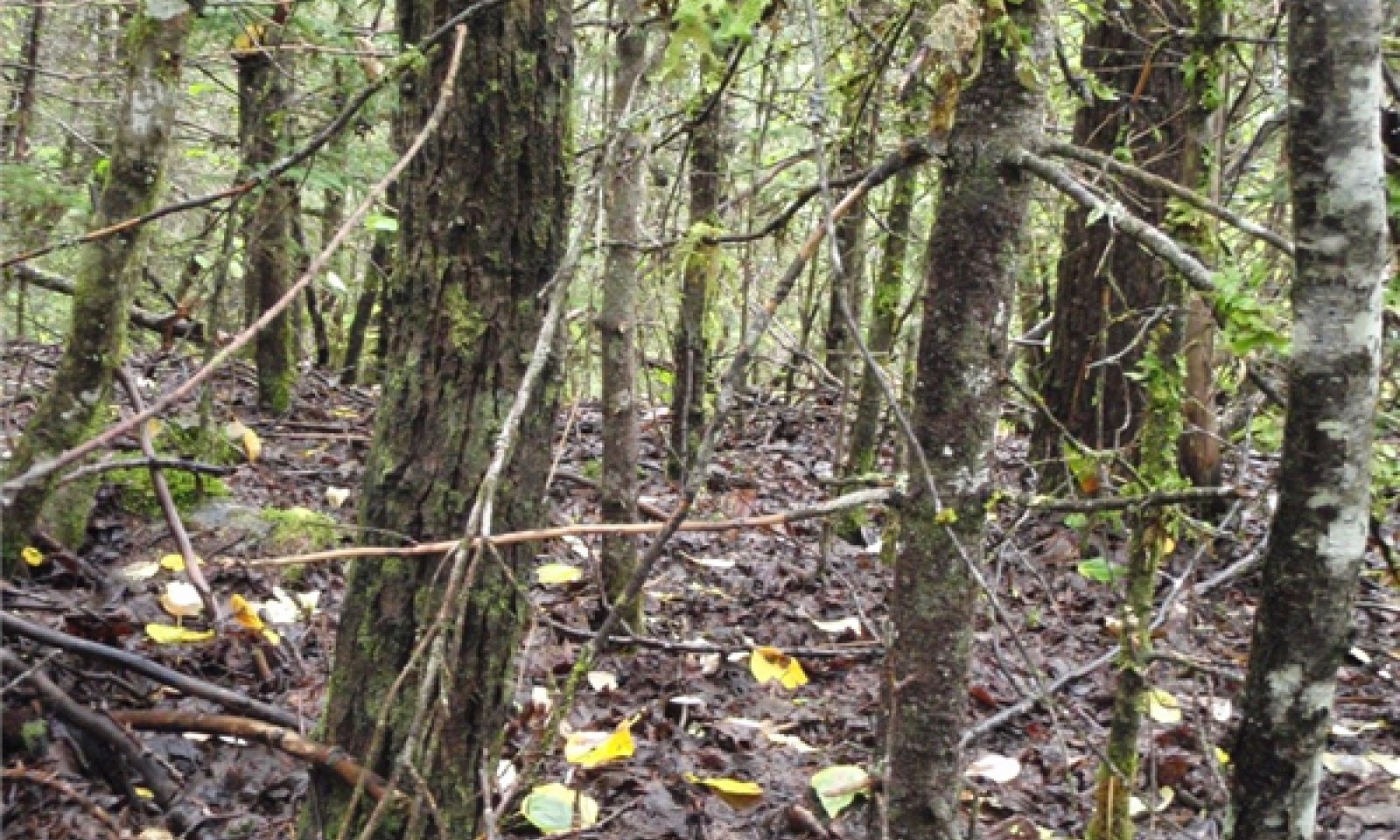

Natural Resources
Conservation Service
Ecological site F220XY327AK
Maritime Forest Gravelly Alluvial Fan
Accessed: 12/22/2025
USC
Metric
General information
- D
- P
- A
- L
- O
Legacy. A legacy ecological site no longer meets current standards, but did meet standards at the time of its development. A legacy ecological site description cannot be viewed by the general public.
Click on box and path labels to scroll to the respective text.